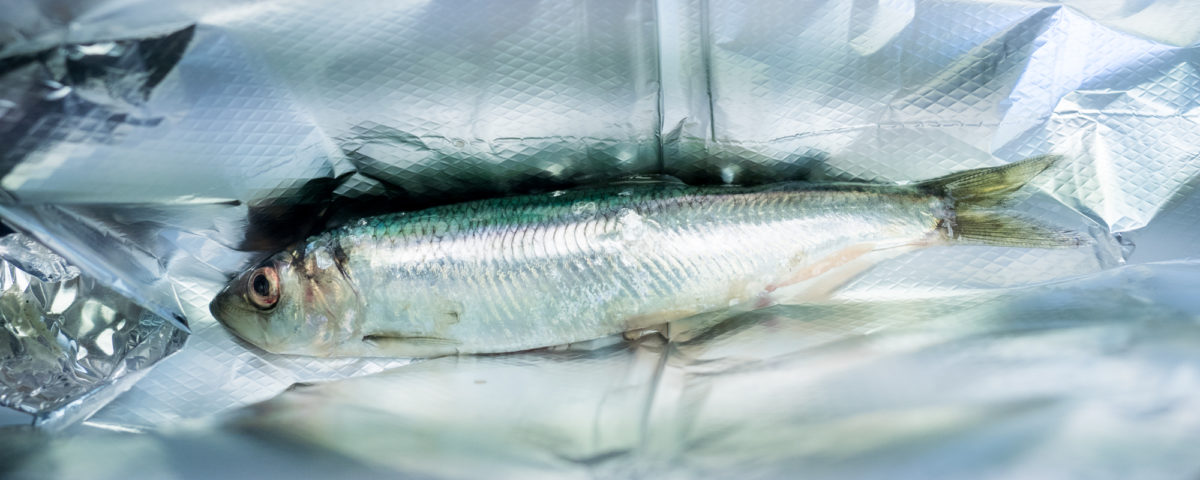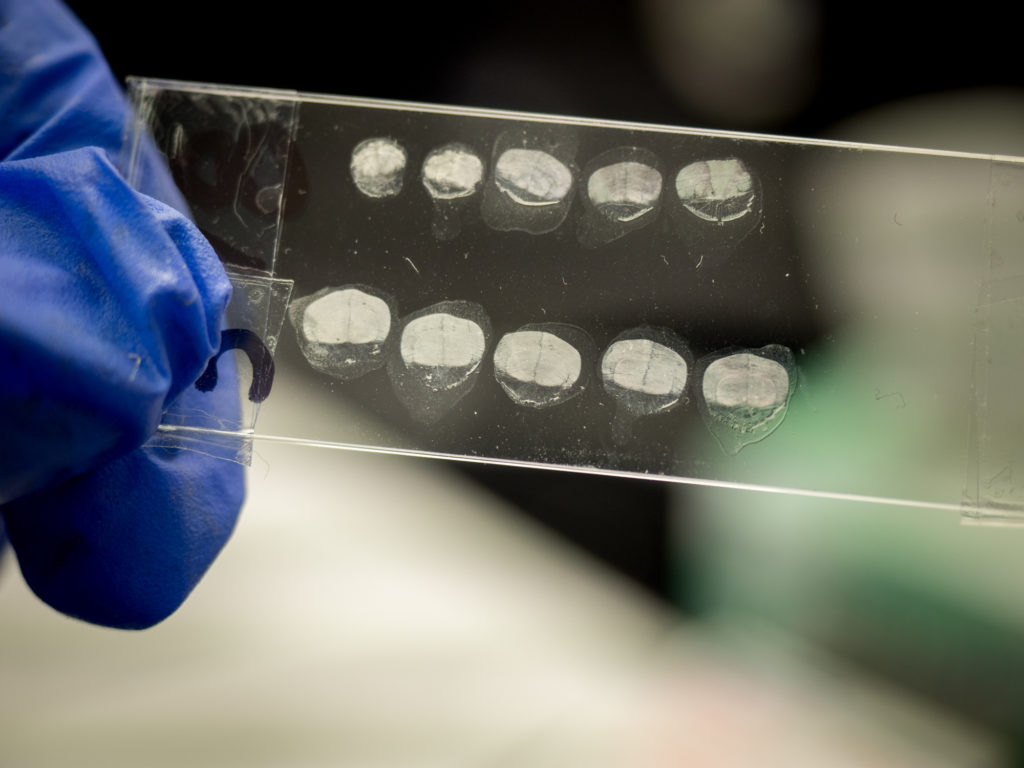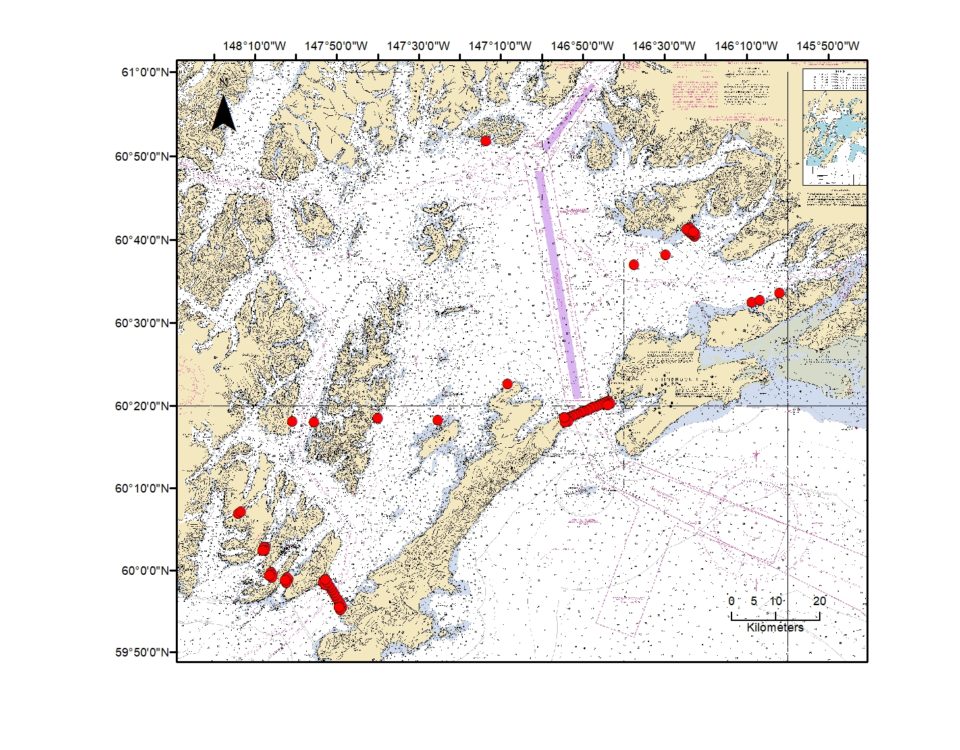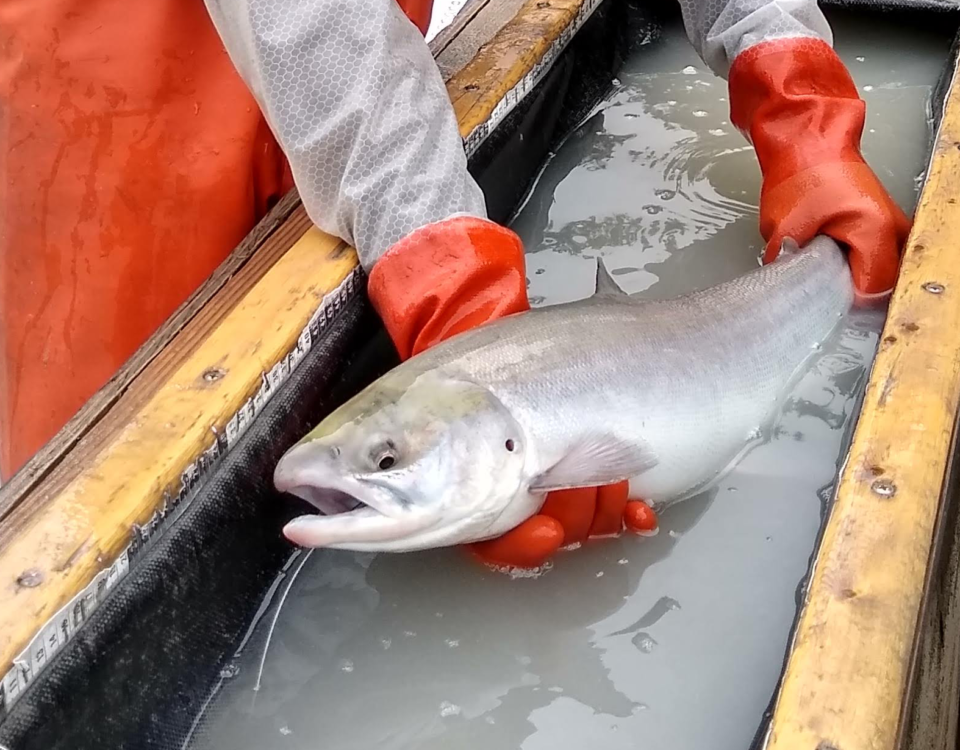Herring Synthesis

Making a case for herring research: 2019 Synthesis presents disease tracking breakthroughs and environmental correlations
By Teal Barmore, December 27, 2019
The Prince William Sound Science Center’s herring researchers have been working to compile a synthesis of existing information about Prince William Sound herring for the Exxon Valdez Oil Spill Trustee Council (EVOSTC). The synthesis, mandated by the council midway through their five-year funding period, will be used to judge whether or not EVOSTC wants to continue funding this work. Integrated herring research started with herring surveys in 2009 and was followed by the Herring Research and Monitoring (HRM) program’s research projects that started in 2012. The goal of the HRM program is to improve the mathematical model that the Alaska Department of Fish and Game uses to predict herring biomass, and years of research has done this.

Growth rings on herring scales will be analyzed under a microscope for an HRM project that exams growth trends as they relate to spawning.
Herring Research and Monitoring program manager Dr. Scott Pegau says that the biggest breakthroughs toward improving the prediction model have been in tracking disease, particularly Viral Hemorrhagic Septicemia (VHS). In the past, a measurement of prevalence of VHS — how many fish are sick in a given day — was used to estimate its effect on herring populations. Given that VHS spreads fast and can wipe out a population quickly, this may not be the best way. New techniques that have allowed researchers to detect the antibodies that survivors of VHS develop give a more accurate picture of the disease over time. Instead of how many fish are sick in a given day, we can now see how many fish were sick in the past year. “Now it’s just a matter of shifting how we have looked at the disease in the past and finding a way to put it into the model,” Scott says.
Although it is still an active area of research, VHS is suspected to have been involved in the most recent Prince William Sound herring population collapse. There was a spike in antibodies for VHS in 2015, suggesting that there may have been an outbreak between 2014 and 2015. Herring continued to decline from 2015 to 2018 when it reached an all-time low of about 3,000 to 4,000 tons. Hope was renewed in 2019 when a relatively large group of three-year-old herring joined the spawning population. Though the good recruit year nearly tripled the population, according to mile-days of milt surveys, the population is still very low. Scott holds out hope though; herring can build a very large population from a small one depending on how many youngsters join the spawning stocks in a given year. The population may be beginning to build again.

Early herring spawn event at Knowles Bay on March 31, 2019. Photo taken by Vanessa Lane-Miller, ADF&G.
Sitka herring also had a good recruitment of age three fish last year, hinting at connectivity between the two populations. The populations share the ocean conditions of the North Pacific Ocean and Scott suspects that is where that connectivity comes from. Correlations in recruitment can also be seen with Alaska pollock recruitment events. What is good for Prince William Sound herring is good for other fish in the North Pacific. Environmental ties can be made to spawning time and location. When a big recruit class comes in (like the age three fish in PWS and Sitka this year) the primary spawning location tends to shift. As that age class dies out, a different spawning location tends to pick up. Timing appears to be loosely related to water temperatures and has been trending earlier in the year since the 1980’s.
Aside from major breakthroughs and interesting correlations, much of the herring synthesis is devoted to putting together bits and pieces of almost a decade of research to improve the population model. With new information, the researchers are slowly going through the model and making changes. For some things, research affirmed that assumptions in the model were correct. For others, the question was if they even mattered in the first place. Bit by bit, the herring synthesis compiles evidence that the model for estimating the Prince William Sound herring population has and will continue to improve.




